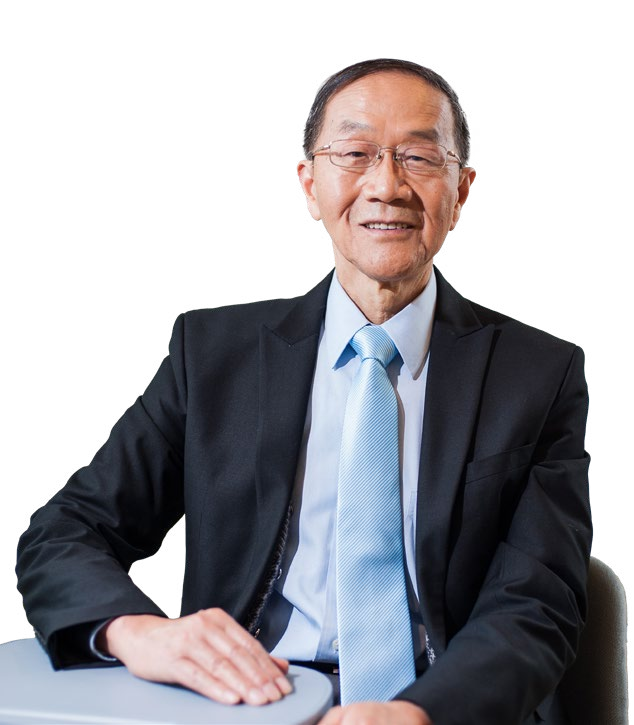PENG Shuyou
Professor of Surgery, Chief Physician, Doctoral Supervisor
Honorary Fellow of the American College of Surgeons
Honorary Fellow of the Royal College of Surgeons of England
Honorary Fellow of the European College of Surgeons
Honorary Fellow of the National Academy of Surgery, France

As a versatile surgeon, what led you to specialize in pancreatic cancer research?
Since the first pancreaticoduodenectomy (PD) in 1935, pancreaticoenteric anastomotic leakage (PAL) has remained a significant medical challenge. Activated pancreatic fluid is highly destructive, leading to fatal complications such as intra-abdominal bleeding and infection upon entering the abdominal cavity. In 1953, as a student, I observed Professor YU Wenguang perform China’s first PD at the Second Affiliated Hospital Zhejiang University School of Medicine (SAHZU). Although the surgery was successful, the patient later developed PAL. As medical professionals, we must venture into uncharted territories; I was determined to tackle the challenge.
You overcame the challenge of PAL by replacing ‘suturing’ with ‘binding.’ Could you share the story behind that approach?
Initially, I focused on refining the suturing techniques, but I soon hit a wall. The traditional methods left gaps around the thread, requiring denser stitching. Paradoxically, denser stitching created more needle punctures, which led to even more gaps. Then, the idea of“binding” occurred to me. The pancreas is solid, while the intestine is hollow and layered like a sleeve—could binding them together be the solution?
After extensive animal trials, I applied this method to a patient in 1996, successfully preventing PAL. Subsequently, over 300 operations at SAHZU and other hospitals confirmed its effectiveness, and the approach was soon adopted nationwide.
Your ‘curettage and aspiration approach’ and ‘PMOD’ have reshaped surgical history. How did you achieve this breakthrough?
Regarding liver cancer, the “king of cancers,” I had long been seeking a method to excise liver tissue without damaging the blood vessels. Inspired by the use of ultrasonic scalpels in hepatectomy, I wondered: could curettage be used to scrape liver tissue?
Using makeshift tools like pen barrels and stethoscope tubes, I carefully scraped the liver tissue, layer by layer, during an operation, revealing intact blood vessels. But I didn’t stop there.
After curettage, the tissue needs to be aspirated, and when encountering small vessels, instruments need to be switched for coagulation. Could the dozens of instruments used in the traditional procedures be combined into one? After extensive exploration and thought, I developed the PMOD (Peng’s Multifunctional Operational Dissector), which combines cutting, separating, aspirating, and coagulating
functions. The device allows surgeons to perform nearly all operations—except suturing—without frequently changing instruments.
In your medical career of over 70 years, you have nurtured many of the field’s leaders. What message do you have for young doctors and medical students?
As a doctor, always prioritize your patients’ well-being and dedicate yourself wholeheartedly to their care. Be vigilant in identifying issues, think critically to analyze them, and conduct in-depth research to find solutions. In clinical practice, no two cases are identical, and no operation is flawless. Therefore, it is essential to continuously refine the treatments, avoid complacency, and embrace innovation.
Only through constant improvement can we make progress, develop, and surpass ourselves.
In surgery, one must never cling to conventions. Replicating techniques is simple, while challenging the norms is hard. Innovation requires courage.
